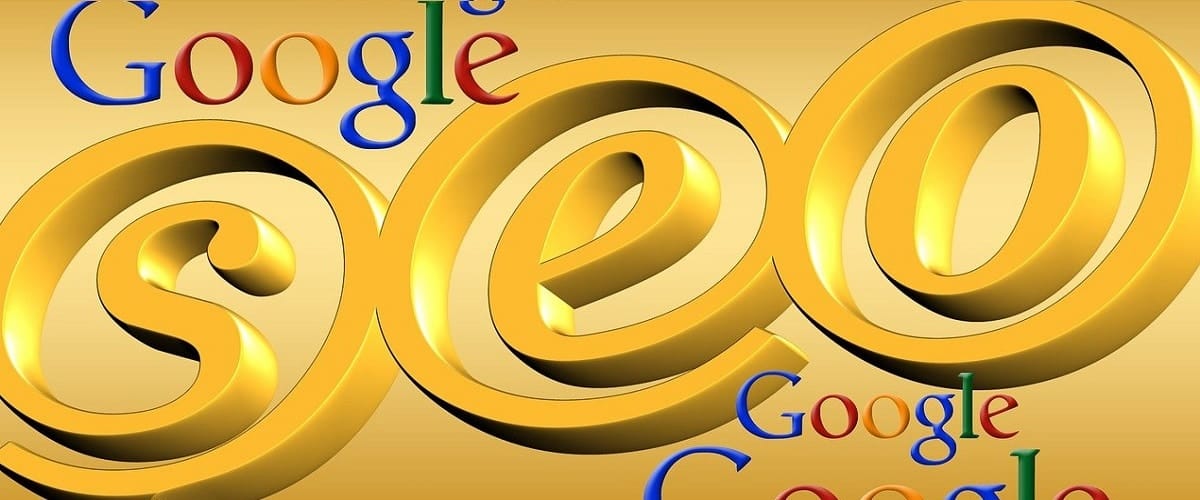Nothing is more stressful for a webmaster than waking up to your pages losing search rankings. If your site’s ranking drops, it becomes harder for users to discover your brand organically. This happens because Google updates its algorithm regularly in order to deliver the most relevant and trustworthy results to its users.
To achieve this, they deploy both algorithmic updates (automatic adjustments to their ranking system) and manual updates, where human reviewers assess websites for compliance with Google spam policies. If they find your site is not compliant, they will issue manual action, resulting in affected pages being ranked lower. However, if you get hit by Google core update, know that this is not permanent; Google has outlined the steps to recover your website’s rankings.
So, let’s understand the manual action and how to recover your ranking after the Google core update.
What is Manual Action?
A manual action is when a human reviewer at Google manually checks your site and concludes it violates Google’s spam policy. According to Google, pages that receive manual action attempt to manipulate the search index. But because they want to serve their users useful content, they’ll slap these pages with manual penalties, ranking them lower or removing them from search results.
If you have noticed a significant drop in traffic for your site lately, it could be that you receive manual penalties. After the March 2024 spam and core updates, many site owners claim to have received manual penalties that took away all their organic traffic, leading to their websites ranks dropping drastically.
Speculations at first were Google was targeting AI-generated content, which has been on a steady rise in the last three years. Site owners who had not warmed up to AI content generation were thrilled, noting that Google rewarded hard work and eliminated opportunists. However, the tune changed quickly when they realized that even old sites with human content were not spared.
How to Know You Have Manual Penalties
If your site ranking has dropped, it’s possible you received manual action. However, keep in mind there have been several updates, including the March 2024 Core Updates that deindexed many sites. The only way to know for sure is to check the Manual Actions report in the Google Search Console.
But why would a site receive manual penalties? The only good thing about manual penalties is that Google will actually notify you of why they placed the penalty through the Google search console. All you have to do is fix the problem and request a review. Common reasons why a site would get manual action include;
- Thin content: Content lacking depth or value for users. This is why many sites with AI-generated content were hit.
- Link manipulation: Building unnatural or spammy backlinks.
- Keyword stuffing: Unnaturally overusing keywords.
- Cloaking: Serving different content to search engines and users in an attempt to manipulate search ranking, which may also mislead users. For instance, showing a page about gardening to Google, but the actual content users see on the page is about something different. It’s worth noting that hackers can use cloaking to deter you from discovering their malicious activities on your site.
- Hacked content: Your site is being compromised by malicious actors.
Ways You Can Recover Your SEO Rankings
Now that you understand the situation, below are actionable steps to help you rank higher after being hit with manual penalties.
1. Understand the Violation
The first step towards recovering your SEO rankings is to go to the Google Search Console and expand the manual action description panel to see the affected pages and the issue description. Click “Learn more” to see full information on how to fix the problem.
2. Address the Violation
After facing Google core update, follow the description to fix all flagged issues. Remember, you must resolve all issues because addressing some of the problems will not solve the matter. Here are fixes to some of the issues;
- User-generated spam: Use the “site” search query to check if your site has malicious user-generated content and delete it. This may include spam blog comments.
- Unnatural links to your site: Use the GSC’s link report to find these links and disavow them.
- Thin content: Check if the said content can be improved. If it can, add valuable information and ensure it’s well-written and addresses the user’s search intent. Alternatively, remove it from the search result by putting a noindex tag or a robots.txt file to prevent Google from crawling it.
- Pure spam: Ensure your entire website follows Google Search Essentials (formerly Google’s Webmaster Guidelines).
- Keyword stuffing and/or hidden text – Focus on writing naturally for your target audience. Use relevant keywords throughout your content, but prioritize readability. Check the HTML codes of affected pages and minimize keyword repetition in the content and meta tags.
- Cloaking: use GSC URL inspection to determine how Google views the affected pages. Address the content and codes of the pages and remove all malicious redirects.
3. Improve Overall SEO
While fixing the violations, take the opportunity to enhance your overall SEO. Focus on creating high-quality and informative content, building natural backlinks with the help of reliable link building service, and ensuring a positive user experience. This may minimize the chances of getting similar penalties in the future (but it is not a guarantee). Keep a record of all changes you’ve made so that you can include all of them when requesting a review.
4. Request a Review
Once you’ve fixed all the issues, click “Request review” to submit a reconsideration request. Start by explaining your site’s exact issue, clearly outline the steps you’ve taken to address the violation, and showcase the improvements made to your website.
5. Wait for Google Response
Once Google receives your request, you’ll get a review confirmation email. It will indicate the review is underway. The process can take anywhere from a few days to a few weeks or months, depending on the backlog and severity of the violation, and there’s nothing you can do from your end.
However, don’t be tempted to submit another review. Wait patiently and focus on maintaining the improvements you have made. You will receive an email when the review is complete.
Final Thought
Running a successful site requires commitment, hard work and patience. However, even with these virtues, you may sometimes get setbacks. If you get hit by Google core update, it’s still possible to regain ranking. Contact your trusted SaaS SEO agency to help you identify these violations as soon as possible and devise a plan on how to recover your website’s SEO rankings.



The Overlooked SEO Power of Social Media Backlinks
What Is Link Bait? A Complete Guide with Examples and Ideas